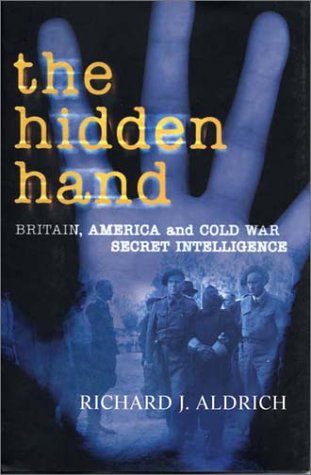The Nature of the Operations of Modern Armies (Soviet (Russian) Study of War)

Book Stores
Type
Book
Authors
Category
355-Military Science
[ Browse Items ]
Publication Year
1994
Publisher
Frank Cass Publishers, United States
Pages
182
Subject
Military art and science; Army operations;
Tags
Description
V K Triandafillov was an outstanding young commander who shaped the military theory and doctrine of the Red Army as it came to grips with the problem of future war. A conscript soldier who rose through the ranks to become an officer in the Tsarist Army, he saw combat in both the First World War and the Russian Civil War. A student of some of the finest military specialists teaching the first generation of young Red commanders, he sought to link theory and practice by using past experience to comprehend future combat. - from Amzon
Biblio Notes
Section Description Page Number
Part 1 The state of modern armies: development of military equipment following the World War - infantry weapons, artillery, chemical weapons, tanks, signal and engineer resources, aviation
possible numerical strength of mobilised armies - small motorised units or million-man armies? mobilisation sequence, possible numerical strength of the mobilisation first echelon in different states, first-line and second-line forces, successive mobilisation echelons, numerical strength of aviation, problems of force quality
established force organisation - correlation between division and corps defensive and offensive resources, modern cavalry, aviation organisation, combat arms correlation, the modern army's transportation resources
Part 2 Operations of modern armies: premises - density of the operational deployment in the eastern European theatre of military actions, aviation density, division and corps defensive and offensive capabilities, additional suppressive assets for a division and a corps in offensive combat, chemical weapon tactical employment norms
the operation - shock army, approach march to an operational engagement, initiation and conduct of an operational engagement, duration and depth of an operation, attack frontage, forms of the blow, offensive on a wide front, defensive operations, costs of the modern operation
successive operations -premises, how to move large forces laterally in the eastern European theatre of military actions, pace of advancing armies, shock army requirements during prolonged operations, railroad restoration rate, scale of successive operations, nature of shock grouping actions, political support tasks, command and control problems
Part 1 The state of modern armies: development of military equipment following the World War - infantry weapons, artillery, chemical weapons, tanks, signal and engineer resources, aviation
possible numerical strength of mobilised armies - small motorised units or million-man armies? mobilisation sequence, possible numerical strength of the mobilisation first echelon in different states, first-line and second-line forces, successive mobilisation echelons, numerical strength of aviation, problems of force quality
established force organisation - correlation between division and corps defensive and offensive resources, modern cavalry, aviation organisation, combat arms correlation, the modern army's transportation resources
Part 2 Operations of modern armies: premises - density of the operational deployment in the eastern European theatre of military actions, aviation density, division and corps defensive and offensive capabilities, additional suppressive assets for a division and a corps in offensive combat, chemical weapon tactical employment norms
the operation - shock army, approach march to an operational engagement, initiation and conduct of an operational engagement, duration and depth of an operation, attack frontage, forms of the blow, offensive on a wide front, defensive operations, costs of the modern operation
successive operations -premises, how to move large forces laterally in the eastern European theatre of military actions, pace of advancing armies, shock army requirements during prolonged operations, railroad restoration rate, scale of successive operations, nature of shock grouping actions, political support tasks, command and control problems
Number of Copies
1
| Library | Accession No | Call No | Copy No | Edition | Location | Availability |
|---|---|---|---|---|---|---|
| Main | 779 |
355.0 TRI |
1 | Yes |




